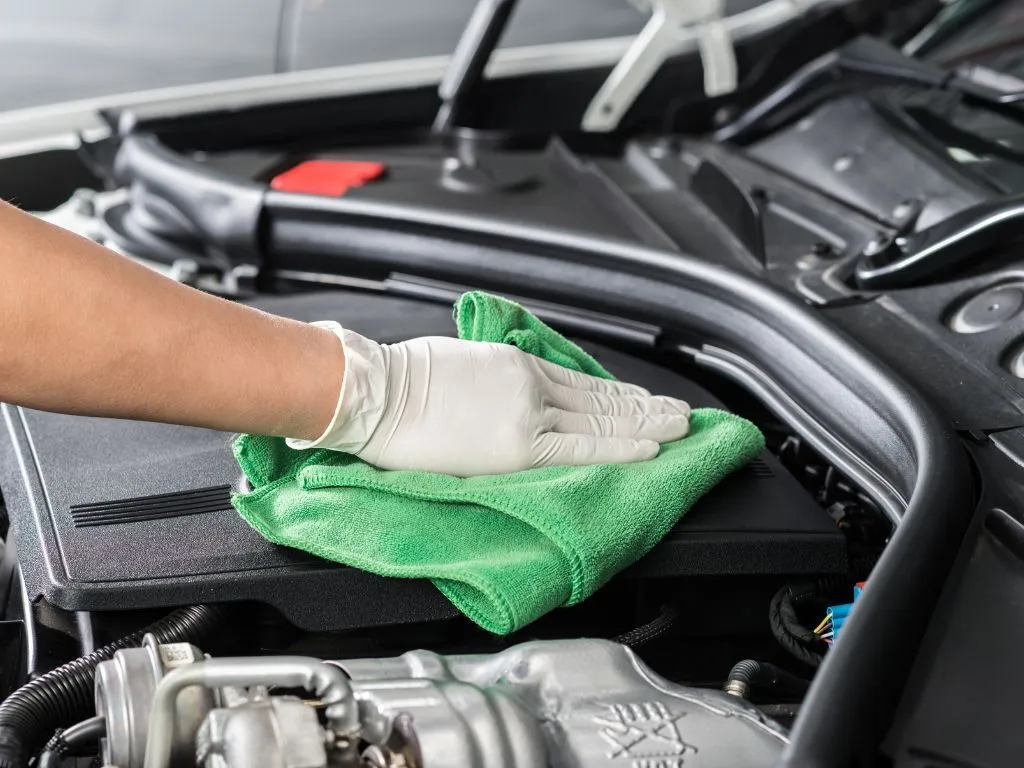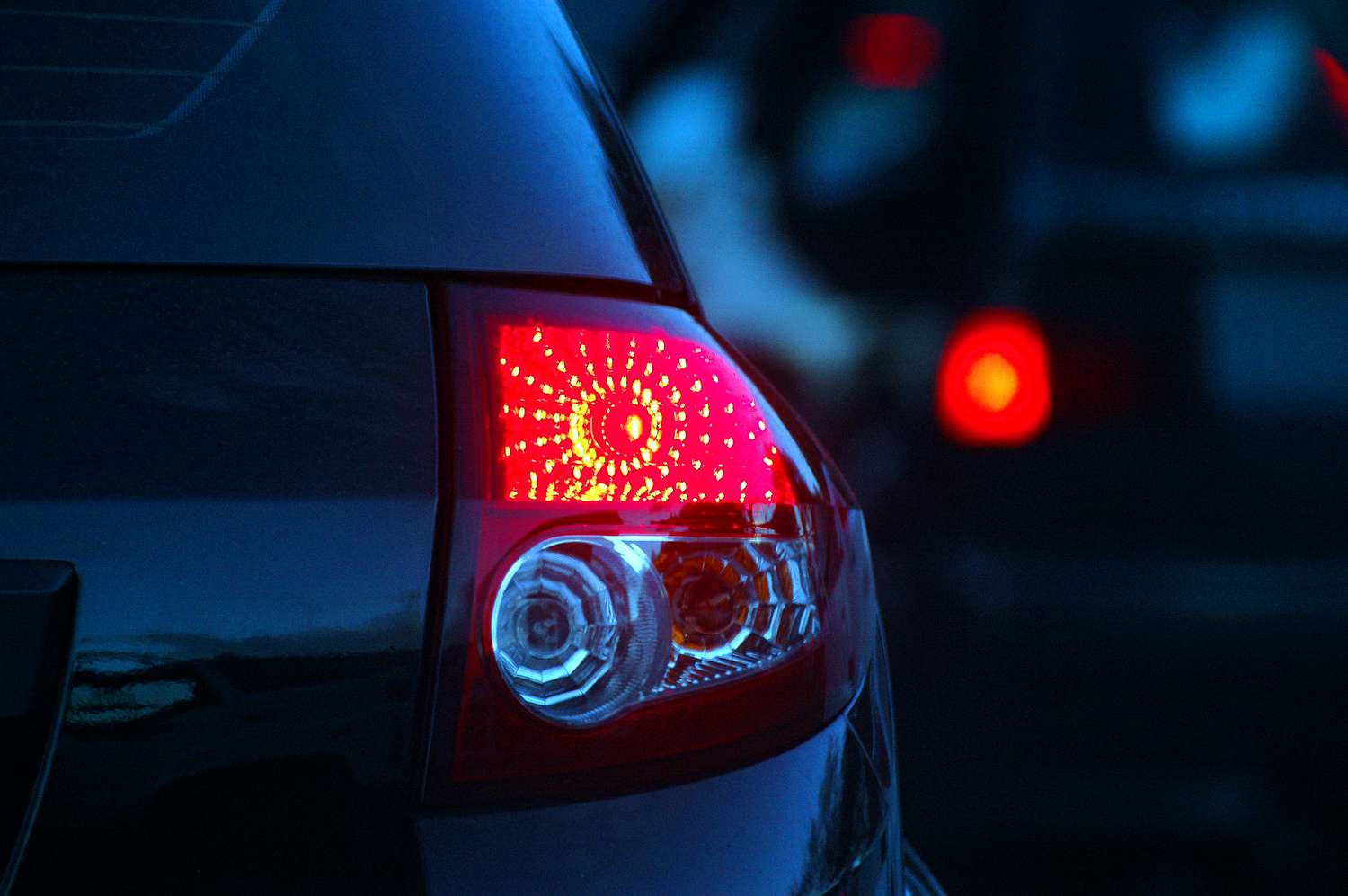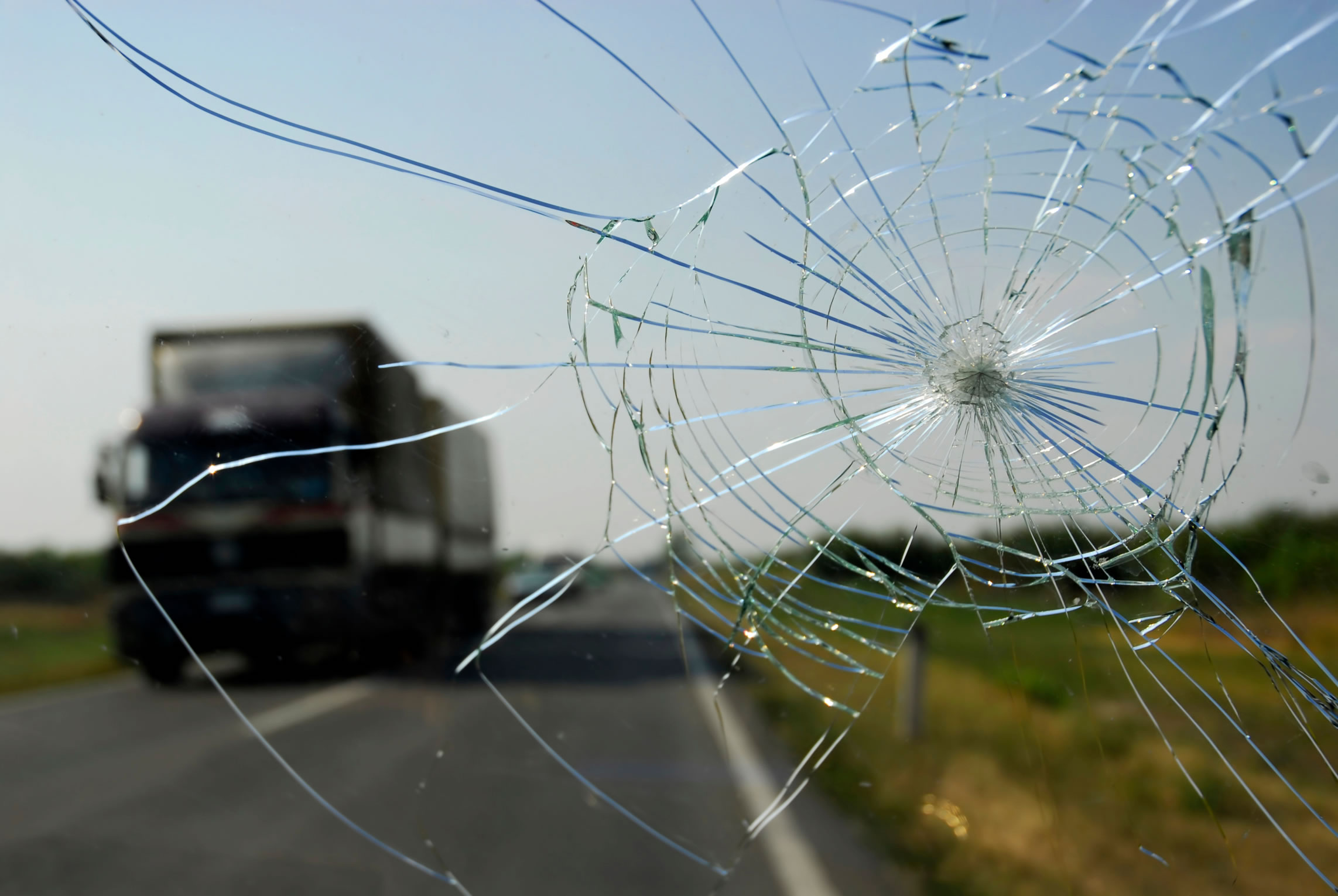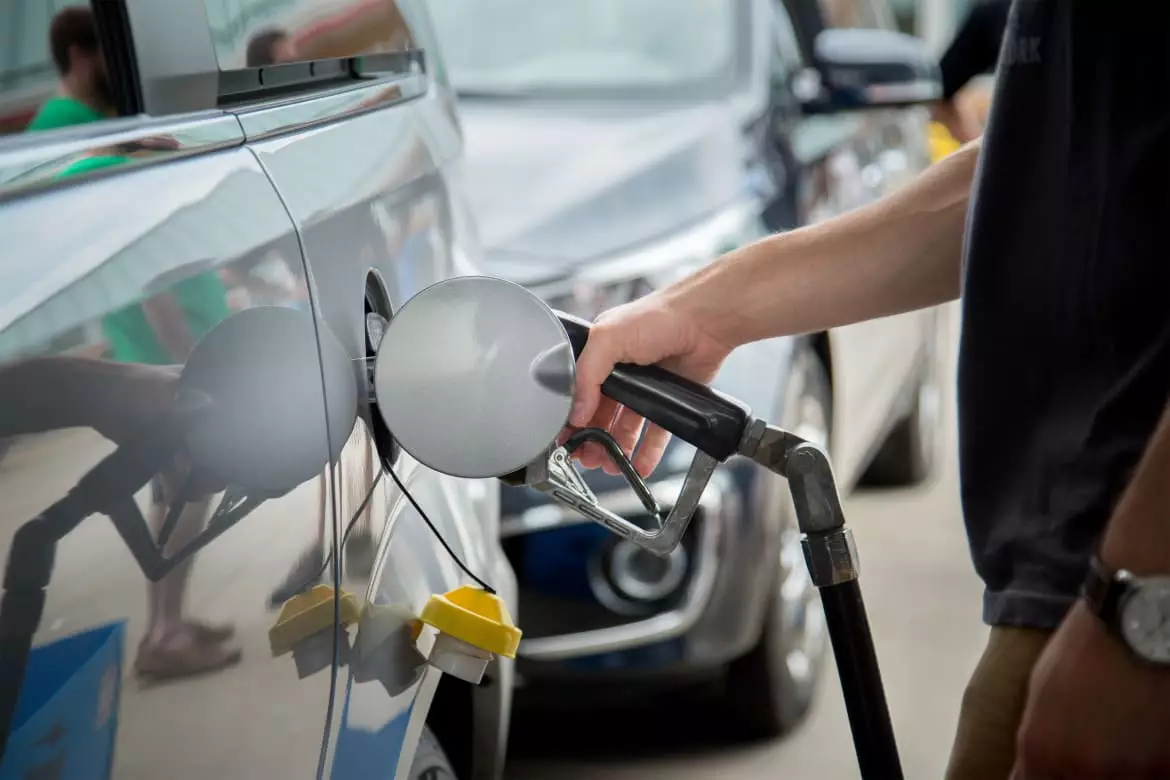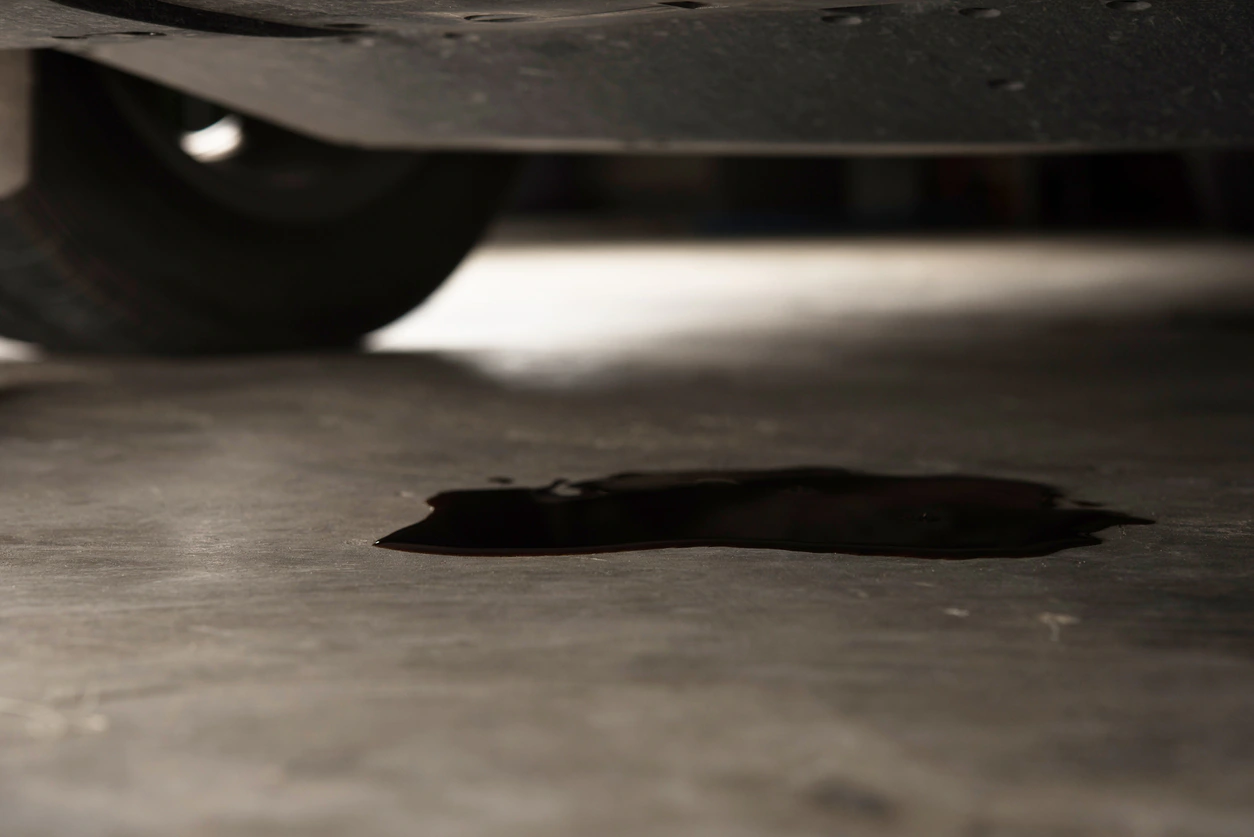A clean engine is a happy engine. Just like any other part of your car, your engine needs to be cleaned on a regular basis to keep it running smoothly. Though professional engine cleaning is an option, it’s not always necessary. You can save money by learning how to wash a car engine yourself. You should be glad you found us! Here you will find out how to clean your car’s engine the right way.
Follow these simple steps and you’ll have a clean engine in no time.
Park your car in a well-ventilated area and let the engine cool. You don’t want to be working with a hot engine, as you could risk getting burned.
Step 1: Prepare Your Materials
Before you start cleaning, you will need to gather some simple materials. You will need a water hose, a pressure washer is better but not required, a bucket, soap or degreaser, a scrub brush, and rags. If the engine was recently used, make sure it has cooled down before starting to wash it.
Step 2: Wet the Engine
Attach the hose to the faucet and wet the entire engine with cool water. If you are using a pressure washer, be careful not to get too close to sensitive areas such as electrical wiring.
Step 3: Apply Soap or Degreaser
Apply a generous amount of soap or degreaser to the wet engine and let it sit for a few minutes so that it can break down the dirt and grime. You can either use a commercial degreaser or make your own by mixing dish soap and water.
Step 4: Scrub the Engine
Let the degreaser sit for at least five minutes to break down the grime and build-up on the engine. Use the scrub brush to scrub the entire engine. Pay special attention to areas that are particularly dirty.
Step 5: Rinse the Engine
Rinse the soap or degreaser off of the engine with cool water. Make sure that all of the soap is removed before moving on to the next step.
Step 6: Dry the Engine
Use a microfiber cloth or old rag to dry the engine, and wipe down the engine until it is completely dry. Once the engine is dry, you can apply a protectant if desired.

